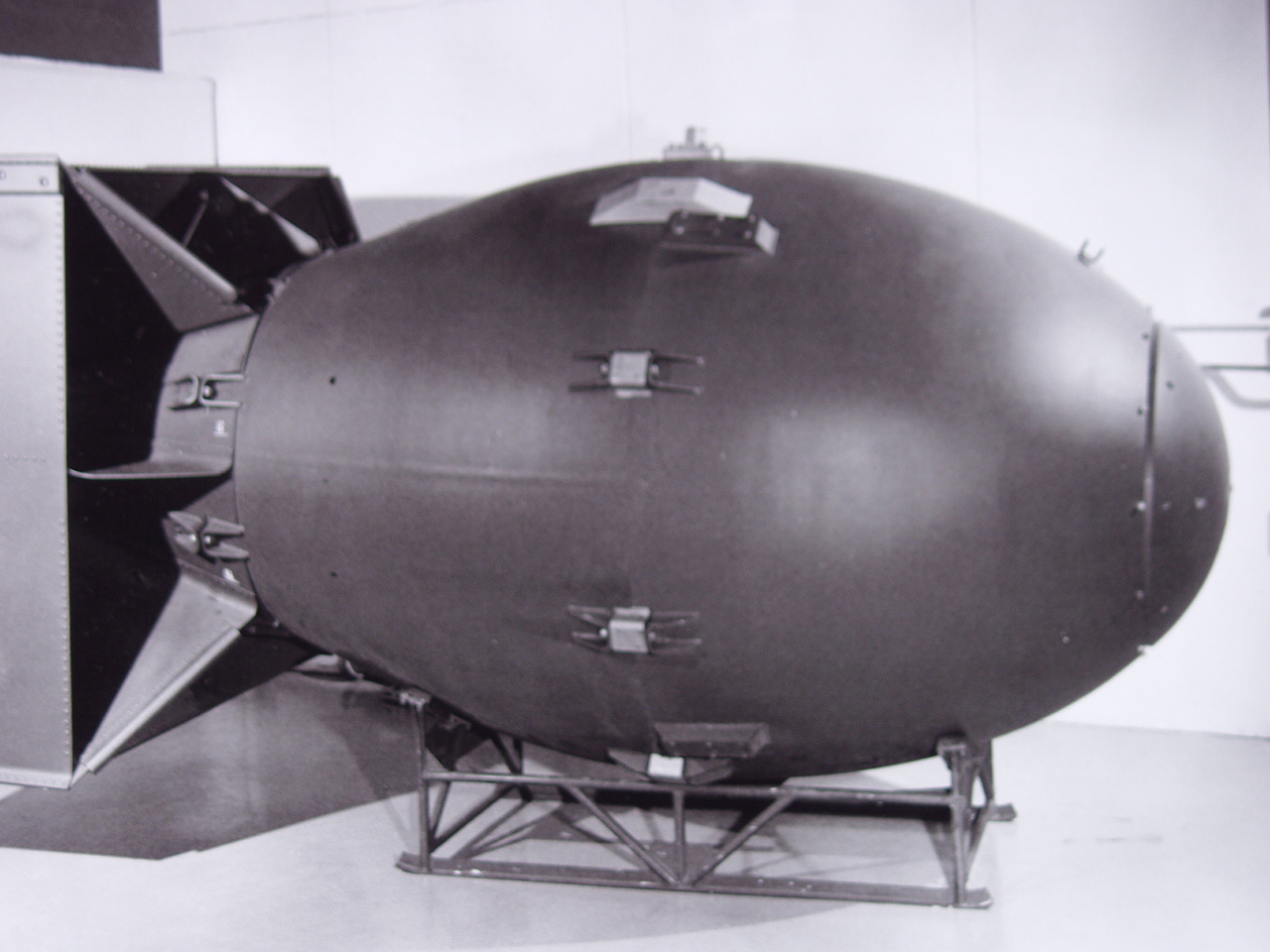On June 1, 1945, the Interim Committee concluded that the atomic bomb should be used as soon as possible against Japan, with no prior warning, on a target of military significance. Soon after Arthur Compton reported these findings at the Chicago Met Lab, a group of scientists led by physicist James Franck founded a committee to study the question of the bomb’s use.
The Report
On June 11, the committee released its findings, which were mainly written by Eugene Rabinowitch. To begin with, the report categorically stated, “Within ten years, other countries may have nuclear bombs, each of which, weighing less than a ton, could destroy an urban area of more than ten square miles” and that “the United States, with its agglomeration of population and industry in comparatively few metropolitan districts, will be at a disadvantage compared to nations whose populations and industry are scattered over large areas.”As a result of this inevitability, the committee continued, “the use of nuclear bombs for an early unannounced attack against Japan [is] inadvisable” and that “much more favorable conditions for the eventual achievement of such an agreement could be created if nuclear bombs were first revealed to the world by a demonstration in an appropriately selected uninhabited area.”
James Franck traveled to Washington, DC to present the report to Secretary of War Henry Stimson the next day, on June 12. However, a Stimson aide untruthfully told Franck that he was away from the capital. Instead, Franck presented the report to one of the secretary’s assistants. Arthur H. Compton, however, would attach a cover sheet to the report criticizing the committee members for not taking into account “the probable net saving of many lives, nor that if the bomb were not used in the present war the world would have no adequate warning as to what was to be expected if war should break out again.”
It is uncertain if Stimson ever saw the Franck Report. In any event, the Interim Committee had already recommended that the bomb “be used against Japan as soon as possible… without prior warning.” The Scientific Panel of the Interim Committee also concluded in its June 16 findings that “we see no acceptable alternative to direct military use.” Rabinowitch would later remember “the feeling… that we were surrounded by a kind of soundproof wall so that you could write to Washington or go to Washington and talk to somebody but you never got any reaction back.”
Legacy
The failure of the Franck Report would help fuel the Szilard Petition, which argued that atomic attacks on Japan “could not be justified, at least not until the terms which will be imposed after the war on Japan were made public in detail and Japan were given an opportunity to surrender.” Although the circulated petition received 67 signatures at Oak Ridge and 69 at the Chicago Met Lab, it was never seen by President Truman or Secretary Stimson before the first atomic bomb was dropped on Hiroshima.
The committee formed to write the Franck Report was essentially the basis of what would become the Bulletin of the Atomic Scientists of Chicago, founded in September 1945. According the Bulletin’s current website, its founders “could not remain aloof to the consequences of their work.” John Simpson was the Bulletin’s first chairman and Rabinowitch was its editor until his death in 1973. In October, Rabinowitch and Simpson published an article in Life magazine titled “The Atomic Scientists Speak Up,” which claimed that scientists were morally obligated to warn the public and policy makers about the dangers of nuclear weapons.
In January 1946, Rabinowitch petitioned the government to declassify the Franck Report so that it might be published. He was given permission, but also told to censor parts of the report. The censored version was published in the Bulletin in May 1946.





